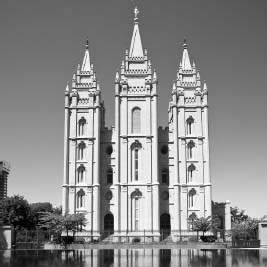ChristianityMembership, Community, Diversity |
How did so many different Christian churches come into being? |
Three major points of division mark the history of Christianity, and nearly all of the tradition’s diverse branches derive from those critical events. Intense controversy over the theological identity of Jesus culminated in the Council of Chalcedon (in present-day Turkey) in 451. Decrees of the Council taught definitively that Jesus was one person possessing both human and divine natures. In so doing, Chalcedon ruled against both the Nestorian heresy and the various Monophysite Christians. The former taught that Jesus was two distinct persons in one; modern-day Nestorians call themselves Assyrian Christians. According to the latter, Christ was not human at all. Today the many originally Monophysite churches include Coptic and Abyssinian groups in Egypt and Ethiopia, Syrian Jacobites, and the Armenian Orthodox Church.
Even though the majority of these groups eventually came to accept Chalcedon’s formulation, the initial effect of the Council was to separate what have come to be the indigenous Middle Eastern churches from the rest of Mediterranean Christendom. A second point of division came officially in 1054, the culmination of centuries of disagreement, both theological and political, between the Rome-based Western church and the Constantinople-based Eastern church. Pope Leo IX (1049-1054) sent emissaries to excommunicate the Eastern patriarch on the basis of his refusal to accept changes in the language of the Nicene Creed. Finally, the largest of all the divisions was set in motion by several fourteenth-fifteenth century Christian reformers, including John Wycliffe (c. 1329-1384) and John Huss (c. 1369-1415), and culminating in the work of Martin Luther (1483-1546), John Calvin (1509-1564), and Henry VIII (1491-1547) of England.

The largest Mormon temple in the world is located in Salt Lake City, Utah.
